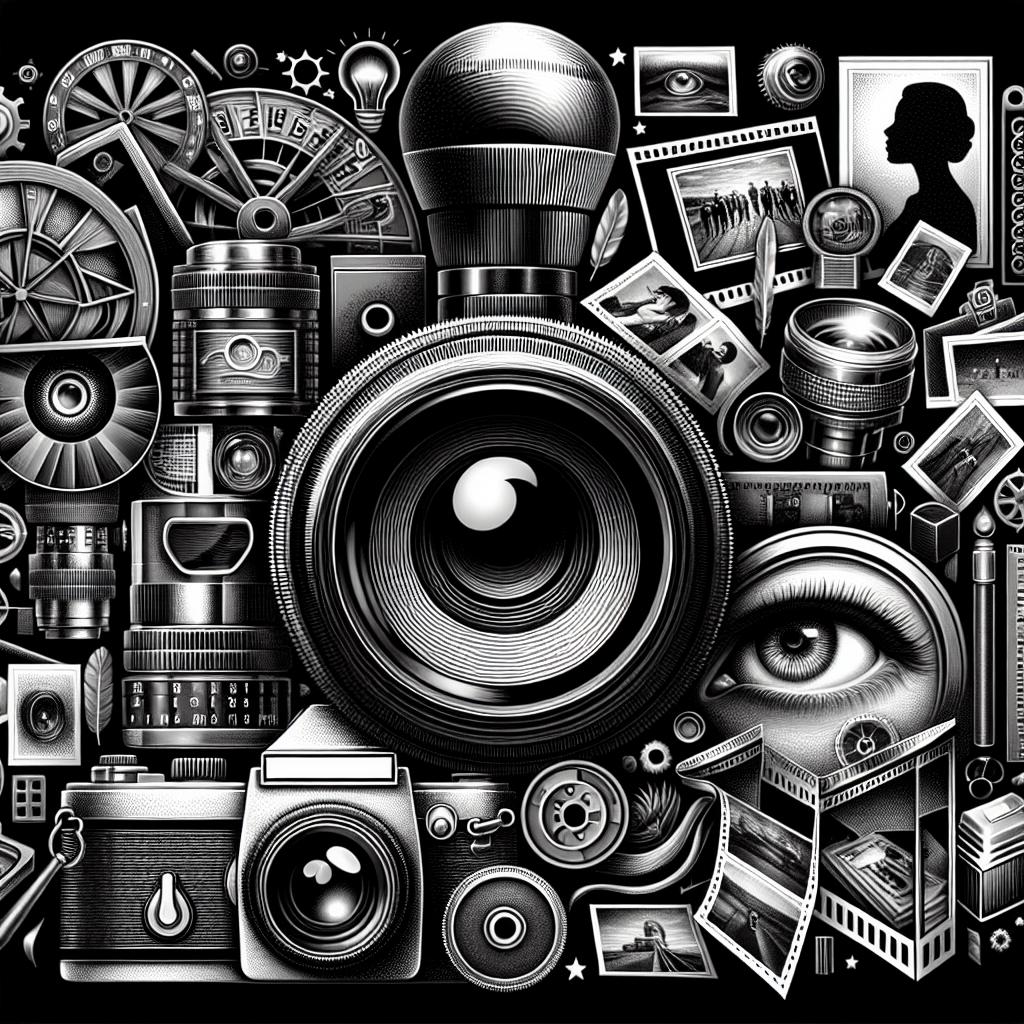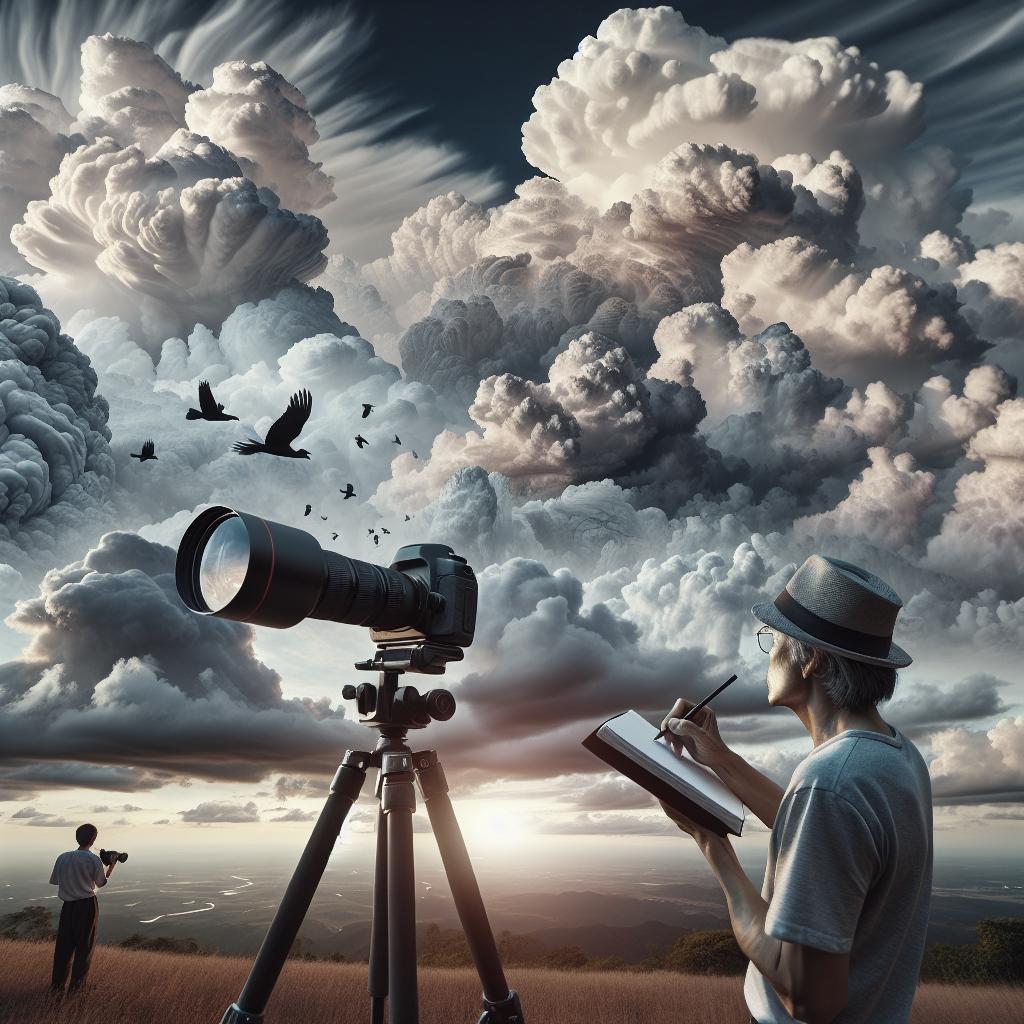Photography in snowy conditions can present both challenges and unique opportunities, transforming winter landscapes into visually stunning compositions. This guide offers essential tips for taking photos in the snow, covering topics such as composition, lighting, and camera settings. You’ll learn how to use exposure compensation, polarizing filters, and special modes effectively. Furthermore, we’ll explore creative ideas for capturing landscapes, wildlife, and action shots while ensuring you protect your gear and personal safety. Whether you’re using a DSLR, compact camera, or smartphone, this comprehensive guide is designed to help you take captivating snow photos. Read on to discover key insights and elevate your winter photography skills.
Tips for Taking Photos In Snow
Start with the Composition
When taking photos in the snow, composition is key. The monochrome landscape can lead to flat and uninteresting images if you don’t pay attention to your framing and subject placement. Use leading lines created by paths or streams to draw the viewer’s eye into the scene. Additionally, look for contrasting elements like colorful objects, people, or wildlife to add interest and break the uniform whiteness. Consider the rule of thirds. Place key elements such as trees or people off-center rather than in the middle of your frame. This can add balance and make your photos more dynamic. Pay special attention to patterns created by snow-covered branches or footprints, as these can create a visually appealing composition.
Shoot at Blue and Golden Hours
The quality of light can make or break your snow photographs. The blue hour, the period just before sunrise or after sunset, offers a soft, diffused light with a magical blue hue that’s perfect for snowy scenes. Similarly, the golden hour—the time shortly after sunrise or before sunset—provides warm, golden light that contrasts beautifully with the cold snow. During these times, the light is less harsh, reducing shadows and creating a more even exposure. The sun is lower in the sky, casting long shadows that can add depth to your images. Plan your shoots around blue and golden hours to achieve the best lighting conditions for your snow photography.
Get the Focus Right in Snow
Snowy landscapes can confuse your camera’s autofocus system due to the lack of contrast. To ensure sharp images, switch to manual focus or use focal points manually if your camera allows it. This is especially important for close-up shots of snowflakes or intricate ice patterns. If you’re photographing fast-moving subjects like wildlife or people playing in the snow, use continuous or tracking autofocus modes. This will help keep the subject sharp even if they are moving quickly across a white background. Experiment with your camera’s focus settings and find what works best for your particular scene.
Use the Exposure Compensation Feature for Snow Photography
Snow can easily trick your camera’s metering system into underexposing your shots. The camera tries to average the white snow to a middle gray, resulting in dull, muddy images. Use the exposure compensation feature to brighten up your photos. Typically, an exposure compensation value between +1 to +2 stops will yield the best results, making the snow appear white and bright. Check your histogram to avoid clipping highlights. If you notice the right side of the histogram (which represents the bright areas) is cut off, you may need to reduce the exposure compensation slightly. Take several test shots and adjust accordingly to get the perfect exposure.
Use a Lens Hood
A lens hood helps minimize lens flare and protects your lens from snowflakes or water droplets that can degrade image quality. It also provides some physical protection, which is handy if you’re shooting in unpredictable weather conditions. Moreover, a lens hood can aid in maintaining the overall contrast and saturation of your photos. Snow, being highly reflective, can cause unwanted glare that a lens hood can effectively reduce. Keep it on your lens while shooting outdoors for the best results.
Try a Polarizing Filter
A polarizing filter can significantly enhance your snow photography by reducing reflections and glare that can occur with bright, snowy scenes. This filter can also deepen the blue of the sky and increase the overall saturation of colors, making your landscape photos more vibrant. When using a polarizing filter, rotate it to see the effect it has on your scene through the viewfinder or on your camera’s LCD screen. It’s an invaluable tool for controlling reflections on water surfaces or even on the snow itself, giving you more control over the final appearance of your photos.
Use Aperture Priority or a Special Snow Photography Mode
Aperture Priority mode (denoted as A or Av on your camera dial) allows you to control the depth of field, letting the camera automatically select the appropriate shutter speed. In snowy conditions, using a smaller aperture (higher f-number) gives you a greater depth of field, ideal for capturing vast landscapes. Some cameras feature a special snow photography mode, which adjusts settings like white balance and exposure automatically to suit snowy conditions. If available, this mode can be a useful shortcut, especially if you’re new to manual adjustments.
Shoot in RAW if available
Shooting in RAW format preserves all the data captured by your camera’s sensor, providing greater flexibility in post-processing. This is particularly beneficial in snow photography, where subtle adjustments to exposure, white balance, and contrast can make a significant difference. Raw files keep more details in both shadows and highlights, which is crucial when dealing with the high-contrast scenes typical of snowy environments. If your camera supports it, always opt for RAW over JPEG to get the most out of your snowy shots.
Protect Your Gear
Snow and moisture can be harmful to your camera equipment. Carry a weather-sealed camera bag and use lens covers to protect your gear when it’s not in use. Silica gel packets can also help absorb moisture in your camera bag. If you need to change lenses, do it quickly and preferably under some form of shelter to avoid getting snow inside your camera. Wipe your gear dry before storing it away to prevent condensation from forming when you move between cold and warm environments.
Be Safe
Your safety is paramount when taking photos in snowy or icy conditions. Wear appropriate clothing, including insulated and waterproof layers to stay warm and dry. Use crampons or snowshoes for traction if you’re hiking in slippery areas. Always let someone know your plans and expected return time, especially if you’re heading into remote or hazardous locations. Carry a fully charged phone, extra batteries, and some basic first aid supplies to be prepared for any eventuality.
Camera Settings for Snow Photography
Snow Photography Settings for Mirrorless / DSLR / Camera with Manual Control
For the best results with a mirrorless or DSLR camera, start with an ISO value between 100-400 to ensure minimal noise and sharp images. Use Aperture Priority mode to control the depth of field, setting the aperture between f/8 and f/16 for landscape shots. If shooting in manual mode, use a fast shutter speed to capture action and avoid blur from camera shake. Adjust your white balance to compensate for the blue tint snow can add to your images, with settings like Daylight or Cloudy often being effective.
Snow Photography Settings for Compact Camera / Camera without Manual Control
If your camera doesn’t have manual controls, utilize the snow or winter scene mode if available. These presets typically adjust exposure and white balance for you, providing good results in snowy conditions. For cameras with limited settings, increase the exposure compensation by +1 to +2 stops to prevent your snow from looking gray. Using a tripod can also help stabilize your shots and reduce camera shake, particularly in low-light conditions.
Snow Photography Settings for Smartphone Cameras
Modern smartphones can capture stunning snow photos too. Use the HDR mode to balance the bright and dark areas in your scene. Increase the exposure compensation to make the snow appear bright white. For more control, use third-party apps that offer manual settings. Adjust the white balance to reduce the cold, blue tint and use a tripod or stabilizer for sharper images, especially in low light.
Snow Photography Ideas
Landscapes
Snow transforms ordinary landscapes into winter wonderlands. Look for opportunities to capture the serenity of snow-covered fields, forests, and mountains. Use leading lines or natural frames like snow-laden branches to add depth to your compositions. Consider capturing panoramic shots to highlight the expansive beauty of a snowy landscape. Experiment with HDR photography to balance the bright snow and darker elements, ensuring a well-exposed image that captures all the details.
Wildlife
Wildlife photography in the snow can be mesmerizing and challenging. The contrast between animals and the snowy background highlights them beautifully. Use a telephoto lens to capture animals from a safe distance without disturbing their natural behavior. Patience is key when photographing wildlife. Spend time observing your subject’s habits and movements to capture intimate, candid moments. Pay attention to the animal’s eyes—they often reflect the snowy environment, adding a unique sparkle to your photos.
Action Shots
Snow provides a fantastic backdrop for dynamic action shots. Capture people skiing, snowboarding, or having fun in snowball fights. Use faster shutter speeds to freeze the action and ensure sharp images. Panning can also create striking action photos. Follow your subject with the camera while using a slower shutter speed to blur the background, conveying motion while keeping the subject in focus. Experiment with different techniques to create engaging action shots in the snow.
Gear for Snow Photography
When venturing into snowy environments, having the right gear is essential. Weather-sealed cameras and lenses are highly recommended to protect against moisture and cold. Invest in a sturdy tripod with spiked feet for stability on icy surfaces. Hand warmers are useful not only for keeping yourself warm but for keeping your batteries warm as well. Cold temperatures can drain batteries quickly, so carry extras in a warm pocket. A microfiber cloth is also handy for wiping off any snow or condensation from your lenses.
Further Reading
For more in-depth knowledge, consider exploring books and articles about winter photography techniques. Online photography forums and communities offer valuable advice and inspiration. Websites like Digital Photography School, PetaPixel, and Outdoor Photographer frequently publish tips and tutorials on snow photography.
Looking to Improve Your Photography?
If you’re eager to continue improving your skills, consider taking online courses or workshops. Websites like Udemy, Skillshare, and MasterClass offer classes by professional photographers who can help you refine your techniques. Joining local photography clubs or groups can also provide opportunities for practice and feedback in a supportive environment.
| Main Topic | Subtopics | Key Points |
|---|---|---|
| Photography Tips | Composition, Lighting, Focus, Exposure, Lens Hood, Filters, Aperture Priority, RAW, Gear Protection, Safety | Framing, Blue & Golden Hours, Manual Focus, Exposure Compensation, Lens Hood Use, Polarizing Filter, Aperture Priority Mode, RAW Format Advantages, Protecting Equipment, Personal Safety |
| Camera Settings | DSLR/Mirrorless, Compact Cameras, Smartphones | ISO, Aperture, Shutter Speed, Exposure Compensation, Snow Mode, Manual Control Apps |
| Photography Ideas | Landscapes, Wildlife, Action Shots | Leading Lines, Wildlife Behavior, Action Capture Techniques |
| Gear | Camera Type, Tripod, Accessories | Weather-Sealed Equipment, Sturdy Tripod, Hand Warmers, Extra Batteries, Microfiber Cloth |
| Further Learning | Books, Articles, Online Courses | Digital Photography School, Online Workshops, Photography Communities |


